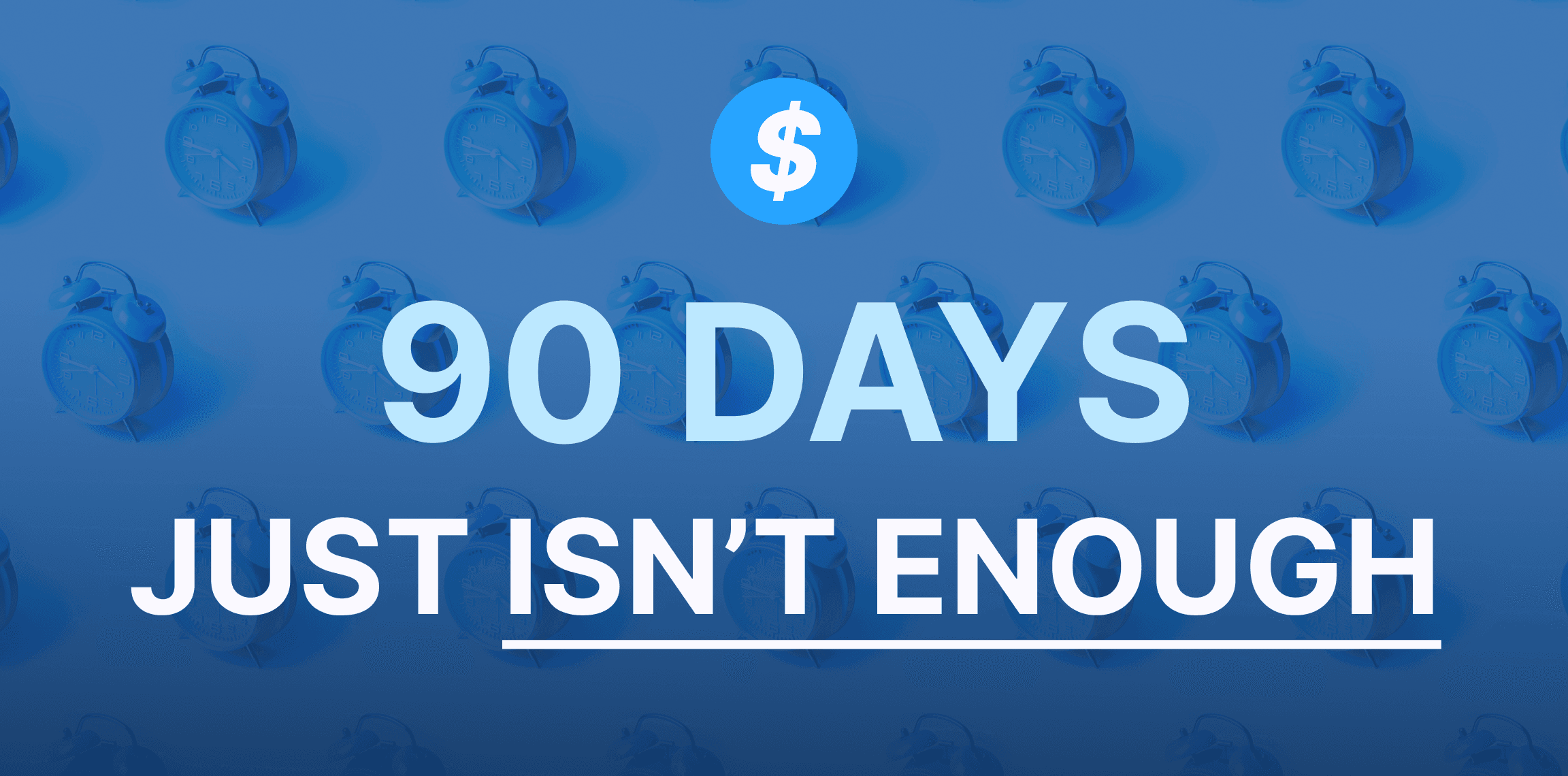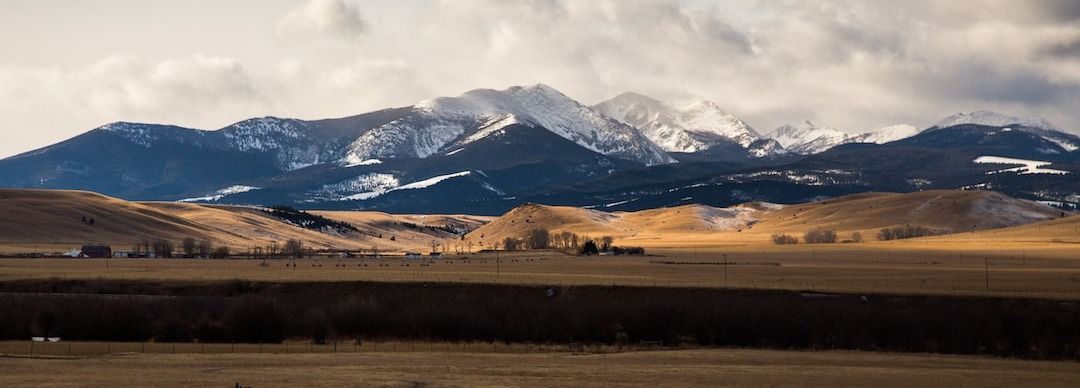Think you can complete your BEAD application in 90 days? Think again.
January 18, 2024
If you're waiting for your state's application, you'll be too late.

New York Governor Kathy Hochul's administration needs to "ensure that future state-funded projects are based on accurate broadband availability data," and that it should fund technologies that actually do provide high-speed, reliable internet service, because it hasn't been doing so despite millions of dollars in funding.
That's according to a little-noted audit published earlier this month by New York State Comptroller Thomas P. DiNapoli.
“The New NY Broadband Program did not meet its goal to close the internet gap because of poor planning and execution,” DiNapoli said in a press release. “As my office’s audit found, the program took years longer than promised and supplied many communities with slow, satellite-based internet that is inadequate for today’s needs. The state is now embarking on another effort to provide all New Yorkers with broadband access called ConnectALL and it is my hope it learns from the issues we found in this audit so they are not repeated.”
DiNapoli’s audit recommended that ESD and BPO:
National Public Radio affiliate WBFO recently highlighted the report and spoke with two county leaders whose geographies have been impacted by the faulty data and technology decisions. Those are Orleans County and Chautauqua counties.
Chautauqua County Executive P.J. Wendel has a particularly choice words for the FCC's Form 477 data:
“You gotta get sick and tired of fighting those, 'Yeah, well these are our numbers and we stand by them'" Wendel said. "Yeah, you can balance an elephant on a quarter, too, but that doesn't necessarily mean it could happen. Physics can tell you that.”
Hochul's administration disagreed with DiNapoli's characterizations of its funding program so far. Felisa Hochheiser, New York's Director of Compliance for its economic development authority Empire State Development, said that satellite tech was only funded in areas where fiber deployment was prohibitively high and couldn't be provided at an affordable rate.
And Empire State Development's Broadband Program Office has established a new broadband mapping and data collection program and is investing significant new resources in wireline rural broadband deployment, she wrote in a response included in the audit. The BPO realized that the Federal Communications Commission's Form 477 data is faulty, she wrote.
The comptroller's findings are concerning because Hochul announced that the state is putting another billion dollars into broadband funding this year under its ConnectALL initiative. Her administration has come under fire for violating the Governor's promise for more transparency than her predecessor Governor Andrew Cuomo, who first announced a $500 million broadband initiative several years ago. Projects from that initiative are way behind and remain unfinished, DiNapoli's report noted.
Broadband.money projects that New York State could receive another $672.8 to $756.4 million from the Bipartisan Infrastructure Law's BEAD program.
Perhaps ESD's BPO (or even the counties) should look into using Broadband.money's New York State broadband coverage map, which use Ookla and MLab speed data and compares it with the FCC's form 477 data to illustrate where areas are unserved and underserved as defined by IIJA's BEAD broadband grant program.

The map above, for example, shows this data comparison within a census block within Orleans, one of the counties named within the NPR affiliate story. It's also worth noting here that the IIJA's BEAD program allows local entities to challenge a state's planned funding allocations if they use their own verified data.

January 18, 2024
If you're waiting for your state's application, you'll be too late.

January 09, 2024
The big sky state joins a small list of eligible entities that have kicked off their broadband challenge process.